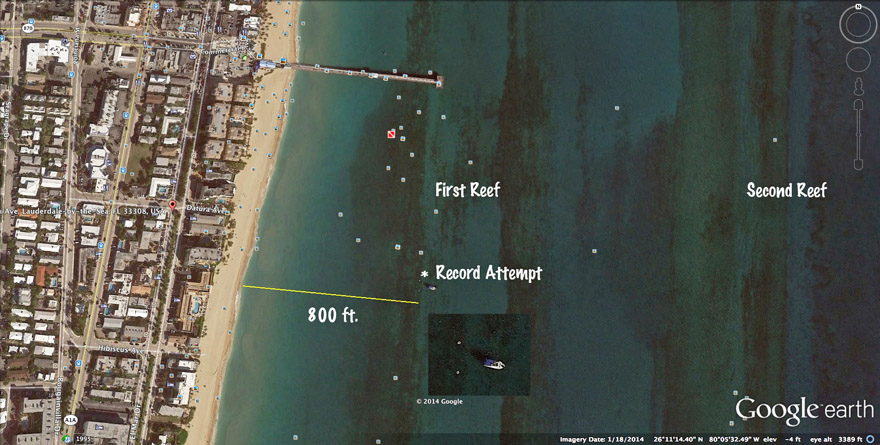dpspaceman
Contributor
Hi all,
My wife and I did our first dive at LBTS this past weekend - we really enjoyed it. Went straight out from Datura to the second reef. While we loved the coral formations, felt the fish life was quite low. I was wondering if there is an area that has more or if you recommend another area?
Video below:
https://www.youtube.com/watch?v=bJJNa4UP6hg&list=UUeYZVRlT4gk_PuLnR1ZLHRA
Lucky for us the weather was perfect - and I did check the tide (went around 10-11am). I downloaded the app magicseaweed... i was wondering what the main item I would want to check prior to a beach dive would be? It would have been helpful to know the current was going North as we were constantly swimming South (though not too bad). Any tips to read weather a currents better? What should I look out for? Websites? Metrics? Etc.
Thanks!
DPS
My wife and I did our first dive at LBTS this past weekend - we really enjoyed it. Went straight out from Datura to the second reef. While we loved the coral formations, felt the fish life was quite low. I was wondering if there is an area that has more or if you recommend another area?
Video below:
https://www.youtube.com/watch?v=bJJNa4UP6hg&list=UUeYZVRlT4gk_PuLnR1ZLHRA
Lucky for us the weather was perfect - and I did check the tide (went around 10-11am). I downloaded the app magicseaweed... i was wondering what the main item I would want to check prior to a beach dive would be? It would have been helpful to know the current was going North as we were constantly swimming South (though not too bad). Any tips to read weather a currents better? What should I look out for? Websites? Metrics? Etc.
Thanks!
DPS





